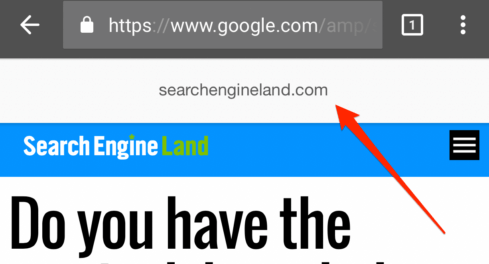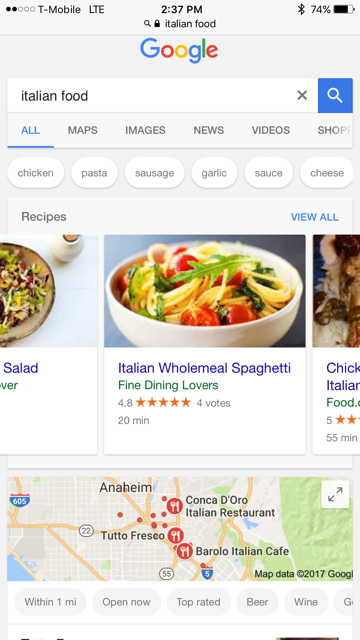Mila Hose | Jan 5, 2017 11:03:52 AM
3 Min Read

Almost a year ago, Google launched its much-anticipated Accelerated Mobile Pages (AMP) in order to create a better, quicker experience for mobile users. Over the past several months, publishers have provided mixed reviews on AMP performance. Google is still working out the kinks in features that will provide the best results to both users and publishers, but it can be assumed that Accelerated Mobile Pages and their mobile-first objective are here to stay, and do impact ranking factors.
What is AMP?
According to the Accelerated Mobile Pages Project, AMP is “an open source initiative that embodies the vision that publishers can create mobile-optimized content once and have it load instantly everywhere.” The AMP initiative was constructed out of the increasing problems that mobile users have experienced with the load times of web pages.
AMP is Google’s attempt to both reduce the frequency of abandoned pages due to poor loading speed, while also keeping users on the search engine by allowing them to flip back and forth between articles while staying in Google’s browser. In order to make AMP performance as speedy as possible, Google stores copies of publishers' pages on its own server and then serves them back to users through its own network. This method allows pages to load about four times faster than regular mobile web pages.
One complaint that has surfaced in regard to AMP pages is that, hosted on Google’s servers, publisher addresses currently display a google.com address rather than the publishers native site URL. Yet, Google has addressed this concern, stating that it plans to update the header above AMP content to display the domain of a publisher’s site and make it easier to copy and share a publisher’s content while giving appropriate credit. 
What does AMP mean for Local?
While we have yet to see AMP carousels replace the local 3-pack, speculation has considered the possibility in the near future. Until then, some local searches will populate the AMP carousel, consisting of up to 10 rich cards, above the local 3-pack when a local search results in related content. This means that brands with written content that is relevant to local searches may still have the opportunity to receive prime placement in Google; and more importantly, mobile users looking for a quick answer (possibly indicating higher intent to visit a store and make a purchase) will see your brand first.
Additionally, Google is now favoring AMP sites above standard protocols. In lieu of Google’s new mobile-first algorithm, it is no longer enough to be just mobile-friendly, but critical to become mobile-optimized. Mobile users expect quick results and the freedom to jump back and forth in the SERPs without being interrupted by slow-loading pages or uninformative results.
Ultimately, Google’s Q4 Roadmap for the AMP Project stated that AMP will be extended to all content formats, including local listings, product listings, long-form reviews, etc. Google will continue to expand AMP content this year, and enterprise brands with local content have the opportunity to surface as a single source above the fold if key content is featured in the “Top Stories” carousel.
AMP demonstrates the increasing importance for mobile optimization on local pages and specific, local-social content across the web. Mobile is no longer simply a nice addition to your brand’s marketing strategy, but the center of it. Start preparing for Google’s mobile-first revolution now by performing a free Quick Scan audit, and get a better understanding of your brand’s data accuracy throughout the local ecosystem, while gauging your performance across Google.
Offer Post Justifications Spotted in Local Results
Oct 4, 2021 8:47:46 AM
Monday Memo: More than Brands and Influencers, Consumers Trust Each Other
Sep 27, 2021 7:56:34 AM
Monday Memo: Google Adds “Latino-Owned” to GMB Identity Attributes
Sep 20, 2021 7:58:58 AM
Monday Memo: New Study Shows 94% of Consumers Use Online Business Directories
Sep 13, 2021 7:16:55 AM
Monday Memo: The Page Experience Update Has Fully Rolled Out
Sep 6, 2021 7:43:45 AM